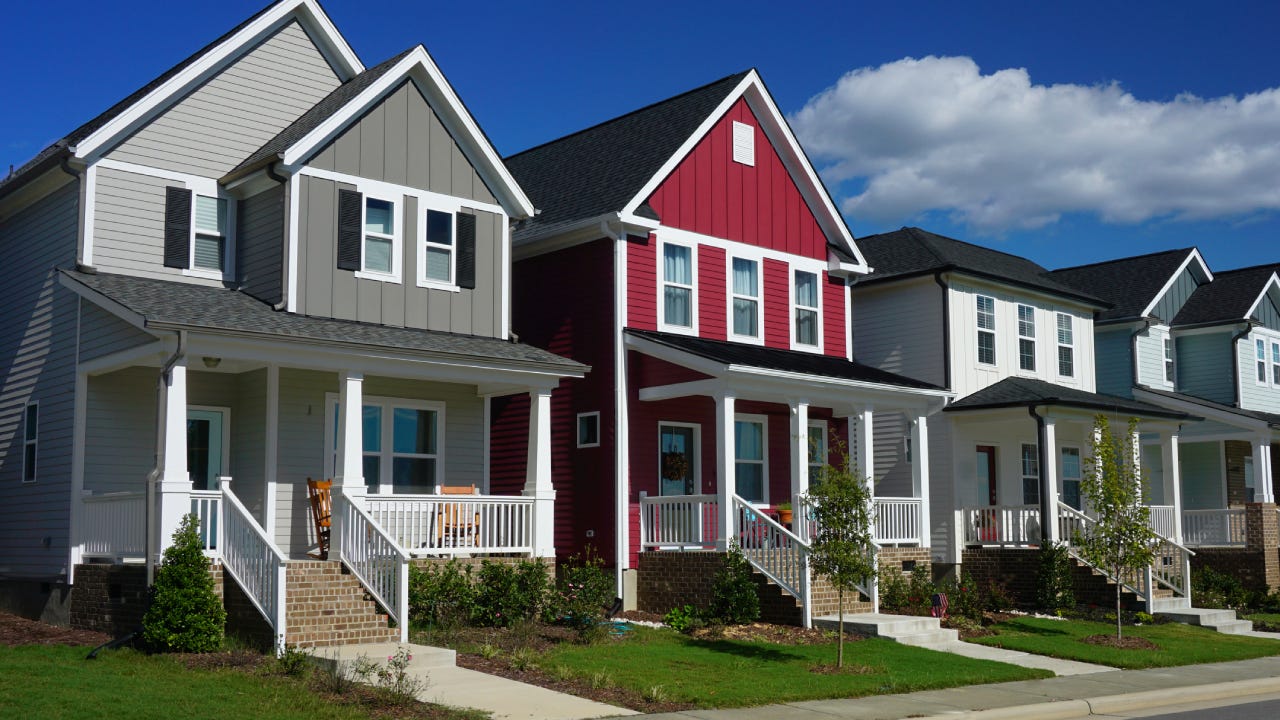The Future of Sustainable Living in Suburban America
Key Takeaways
- Discover how suburban living is evolving towards sustainability.
- Learn about innovative home technologies that support eco-friendly living.
- Explore how community initiatives contribute to a greener lifestyle.
Table of Contents
- The Shift Towards Sustainable Living
- Eco-Friendly Home Technologies
- Community Green Initiatives
- Economic Benefits of Sustainable Choices
- Trends Among Homebuyers
- Challenges in Adopting Sustainable Practices
- Future Outlook
The Shift Towards Sustainable Living
In recent years, suburban America has been undergoing a significant transformation. This isn’t merely about adding green spaces or planting a few trees but a holistic shift in how suburban communities are planned and constructed. As homeowners and developers gradually acknowledge the pressing need to combat climate change and reduce their carbon footprints, sustainable living has taken center stage. This move towards sustainability marks a pivotal change in suburban living, from energy-efficient building designs to integrating renewable energy sources.
These developments demonstrate that enhancing the living experience is positive without compromising ecological integrity. The integration of green practices helps not only reduce harmful emissions but also create healthier living environments, thus improving the overall quality of life.
Eco-Friendly Home Technologies
Eco-friendly technologies are reshaping the landscape of suburban homes. For many, the allure of smart home technologies lies in convenience and their environmental benefits. Smart thermostats, for example, learn household patterns and adjust heating and cooling to maximize efficiency, significantly cutting down on energy consumption. A noteworthy example is seen in modern suburban developments like Redwood Shores Homes for Sale, where the emphasis on environmental responsibility is incorporated into every planning and construction phase. Beyond the smart thermostat, entire home automation systems are now being developed to manage resources wisely, from lighting to security, offering homeowners enhanced control over their environmental footprint.
Solar panels are another significant advancement—providing a renewable energy source, reducing reliance on fossil fuels, and helping cut energy costs. The latest panels are more efficient, capturing more sunlight and converting it into usable energy with minimal environmental impact. Additionally, advancements in water conservation, like greywater recycling systems and rainwater harvesting, play a crucial role in reducing water usage. These systems are designed to minimize wastage, ensuring that every drop is used efficiently.
Community Green Initiatives
Communities are increasingly critical to fostering sustainable living. Local governments and community organizations are implementing initiatives to encourage residents to engage positively with their environment. Community gardens, for example, provide fresh, locally grown produce and strengthen community bonds, offering a shared goal of sustainability.
Moreover, tree-planting initiatives and expansive recycling programs highlight how communities can collectively influence their environmental impact. These initiatives cultivate a sense of environmental stewardship among residents, fostering a culture where looking after the planet becomes a shared responsibility. Community participation in these green initiatives lays the foundation for a sustainable future. This sense of joint responsibility enhances local biodiversity and prepares residents for broader ecological challenges. According to a recent Scientific American study, such technologies persuade more homeowners to invest in eco-friendly upgrades, making sustainable living accessible and financially viable.


.png)


